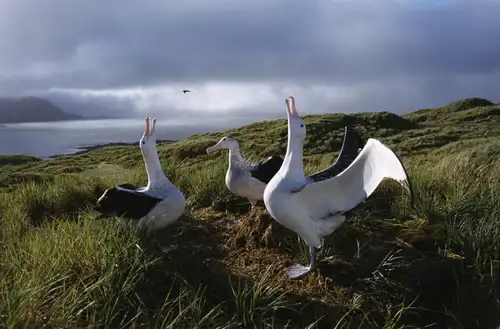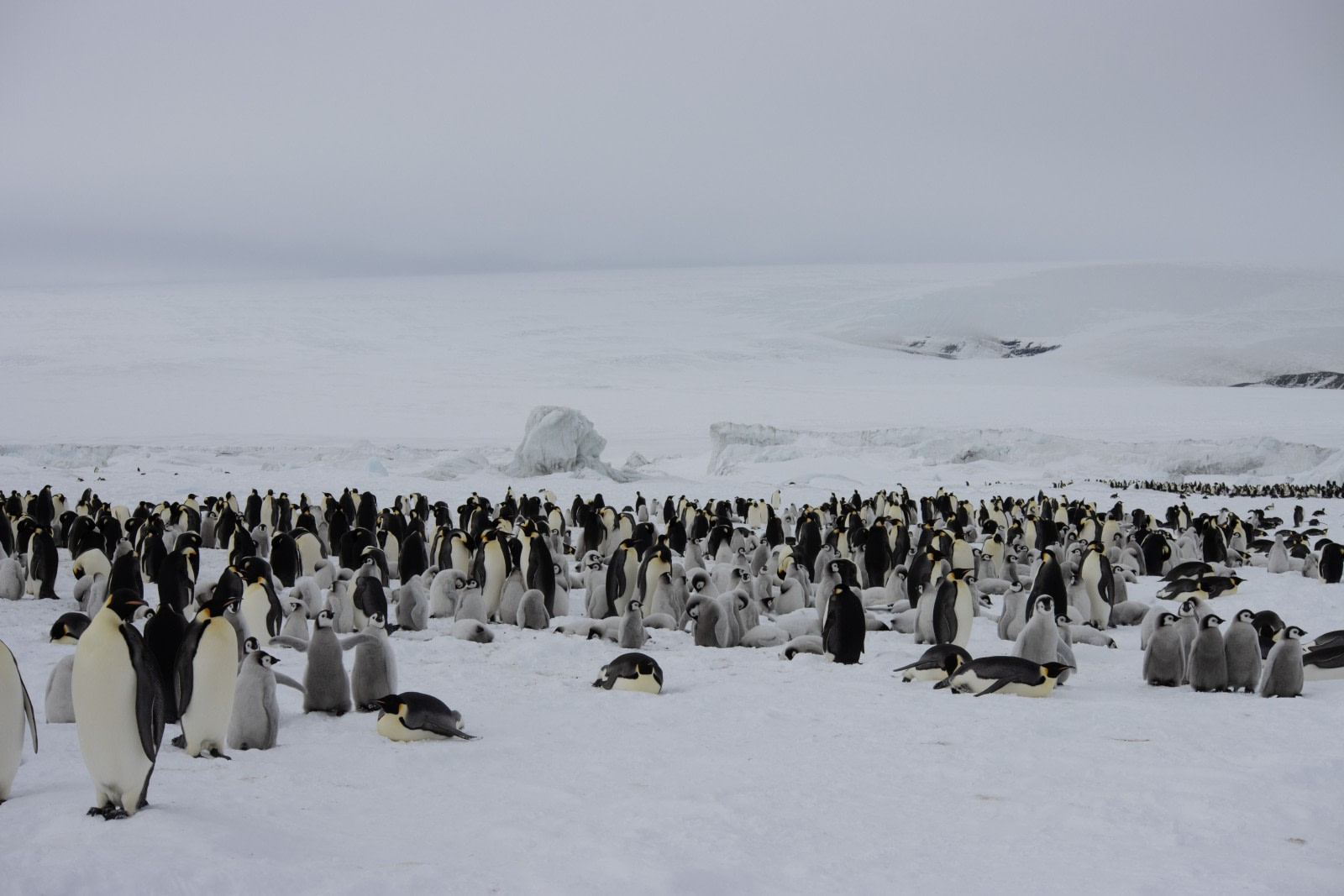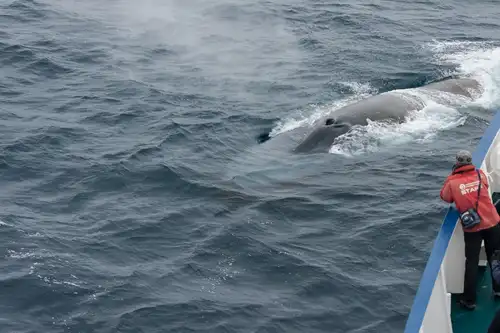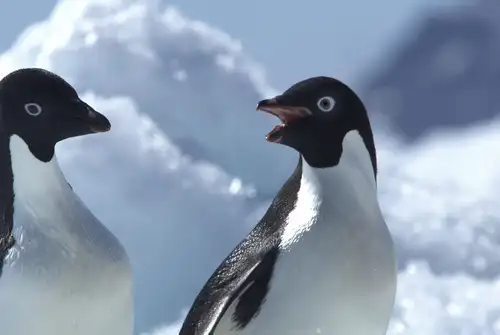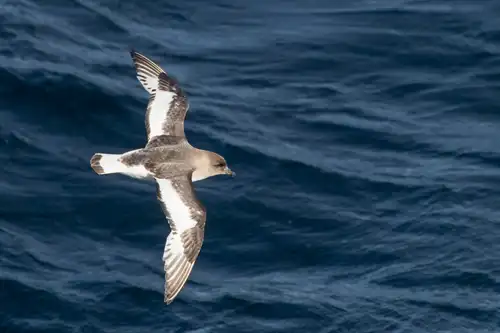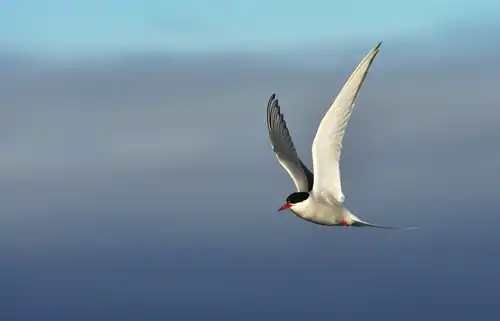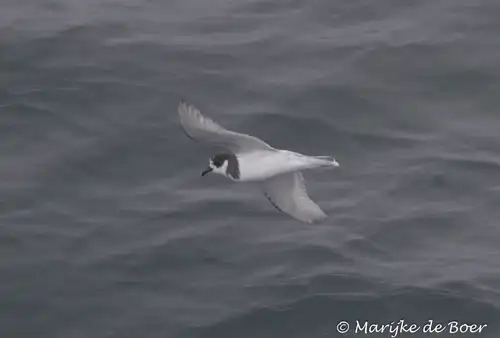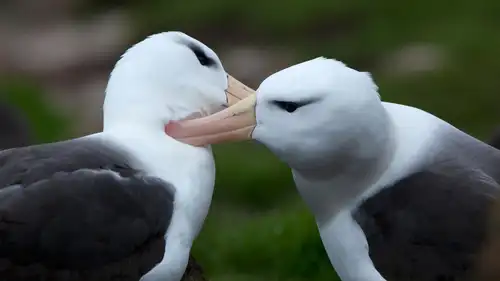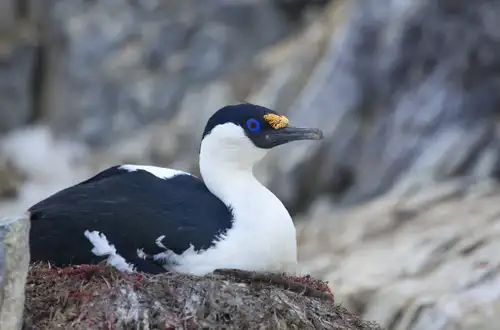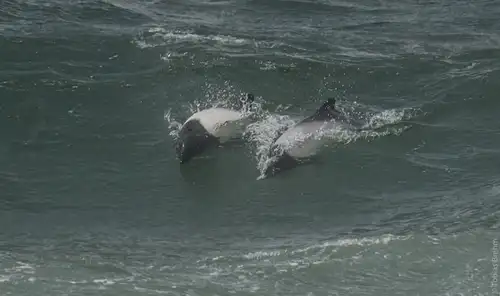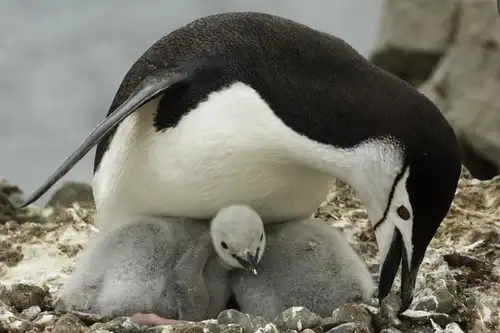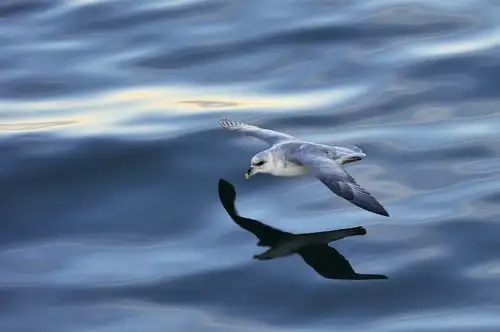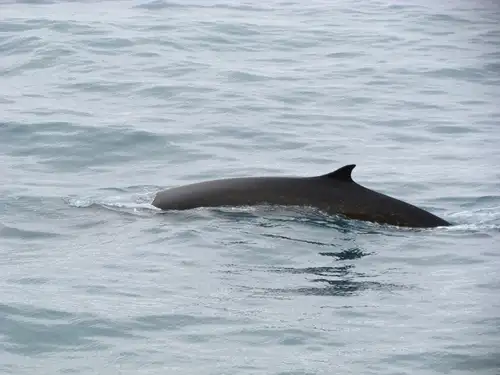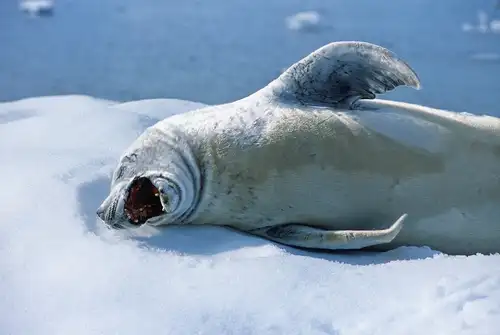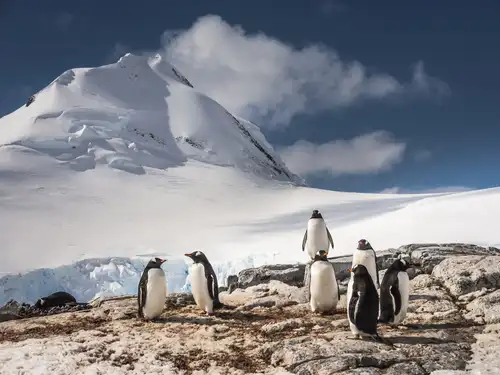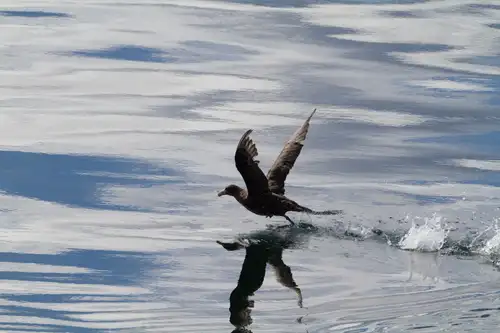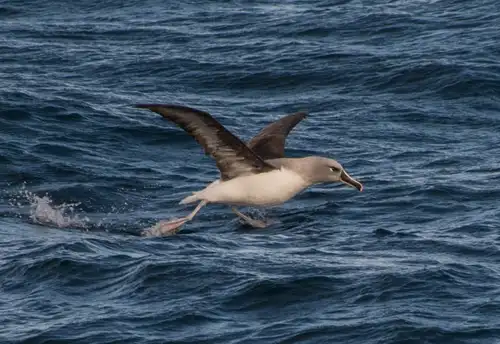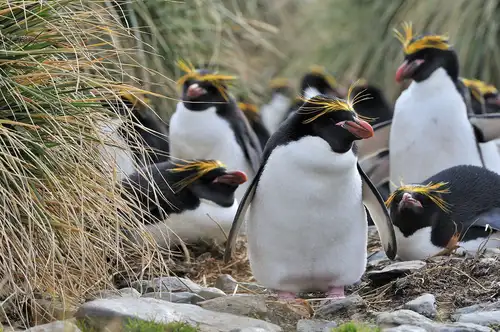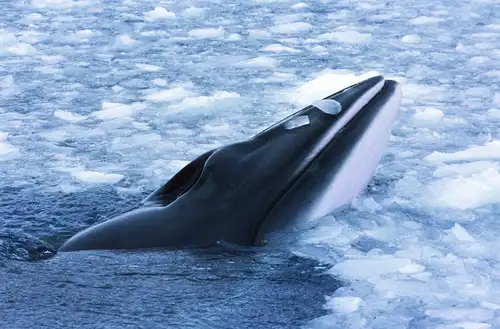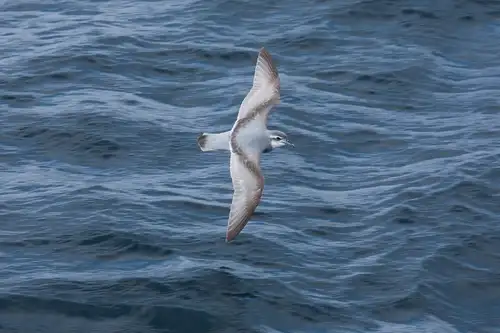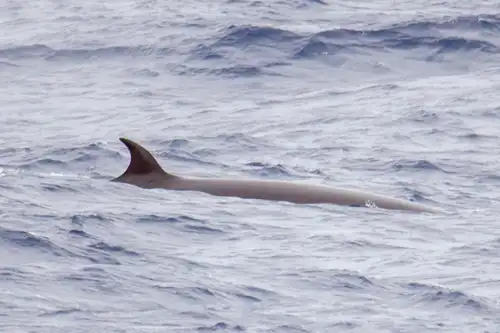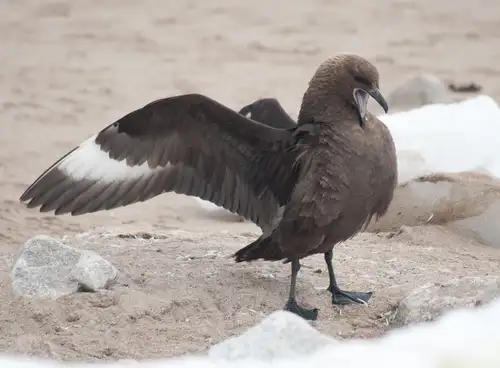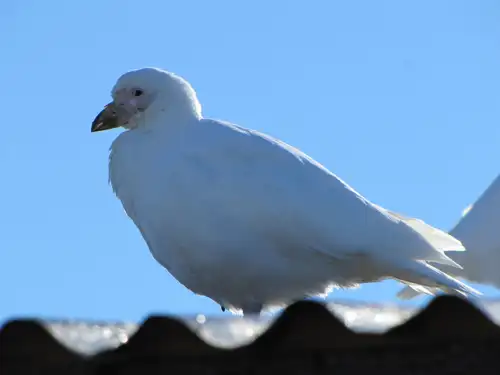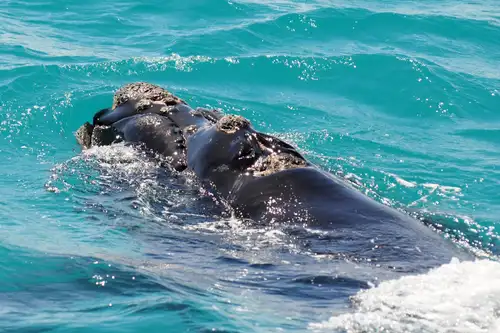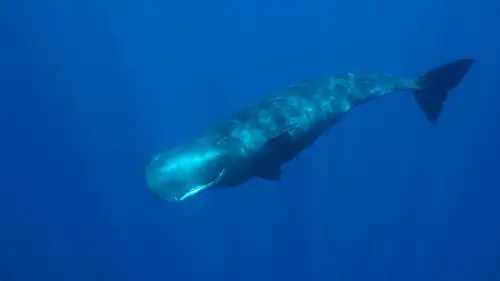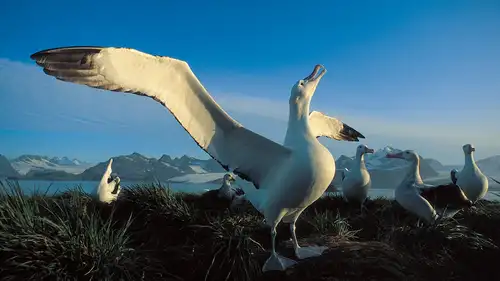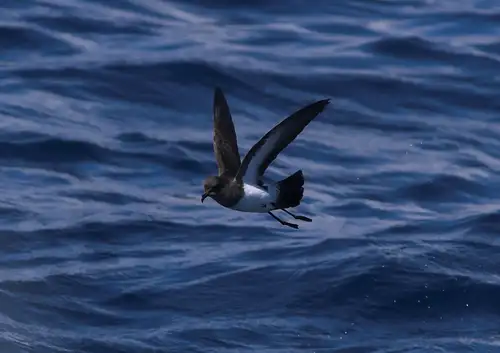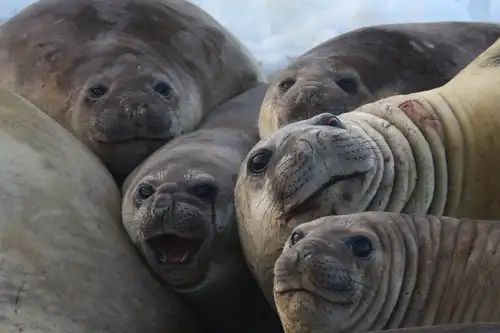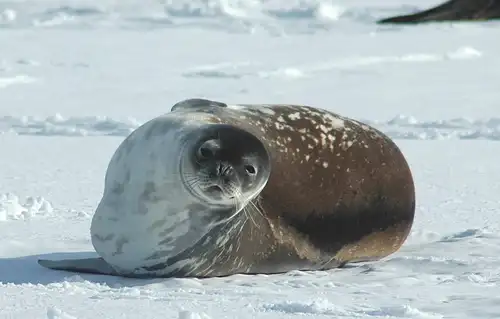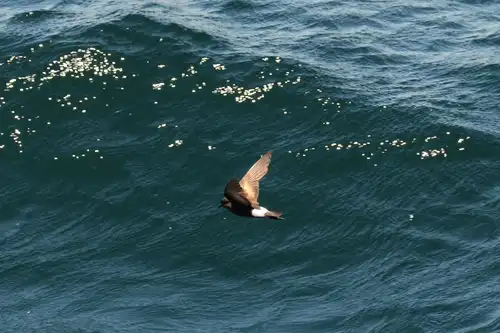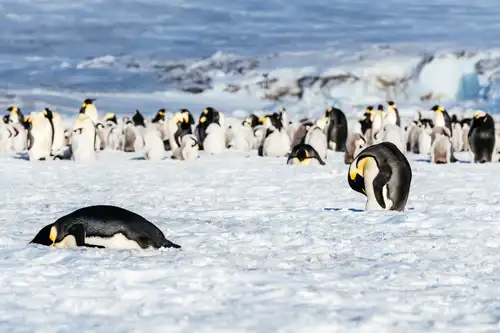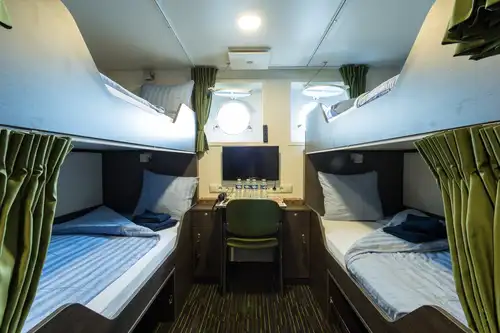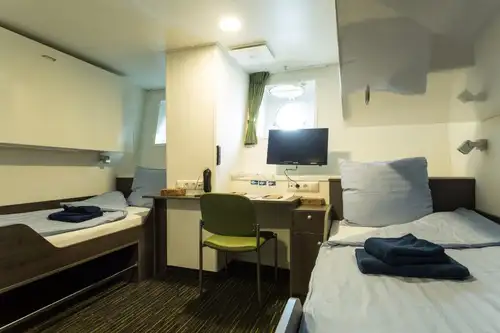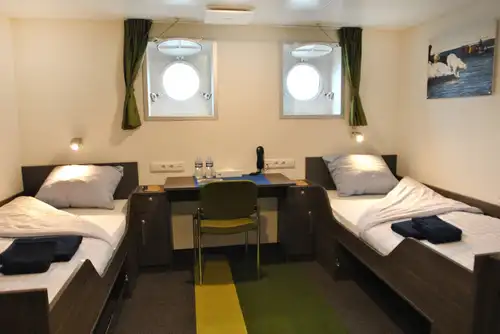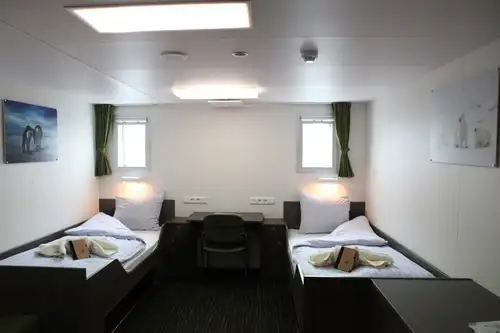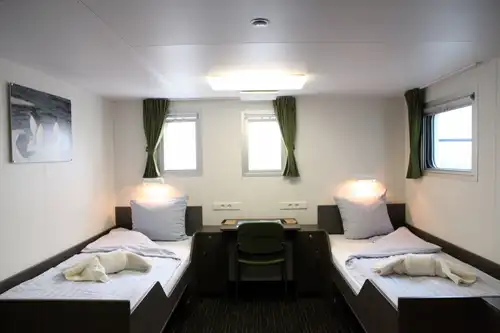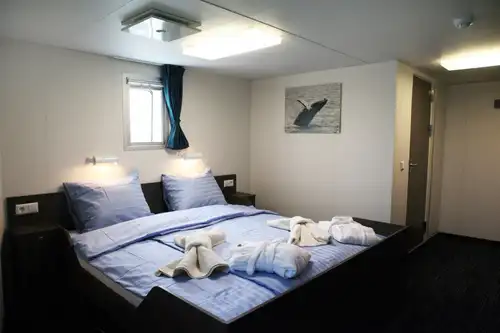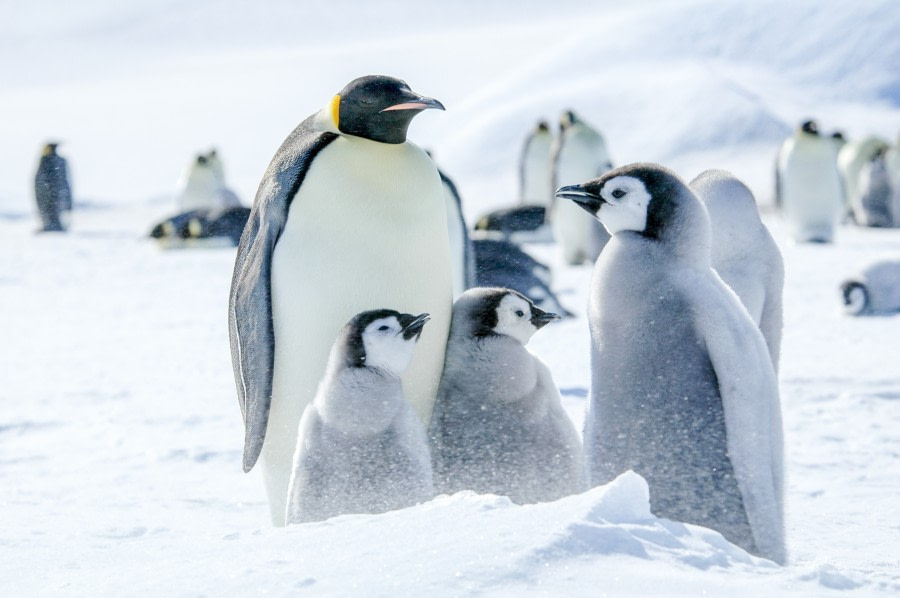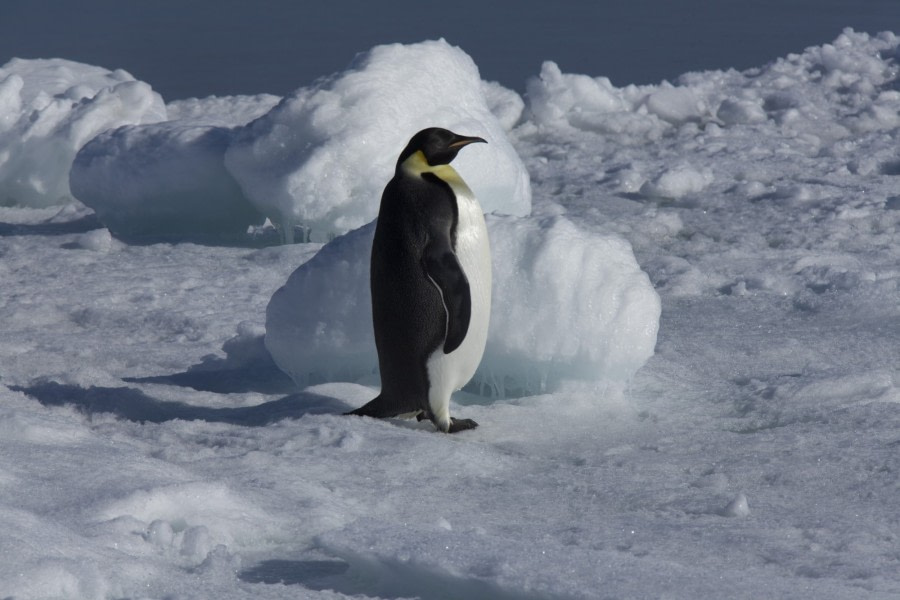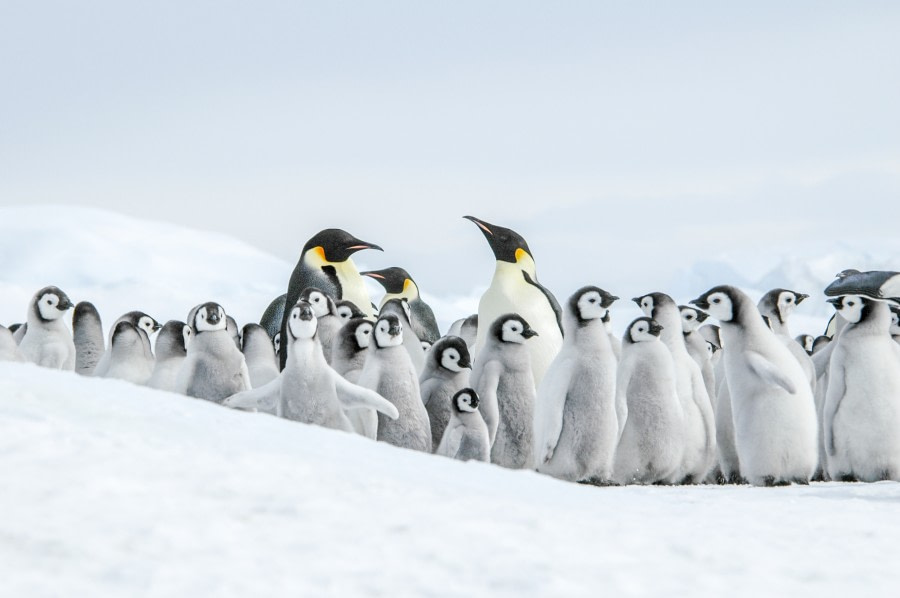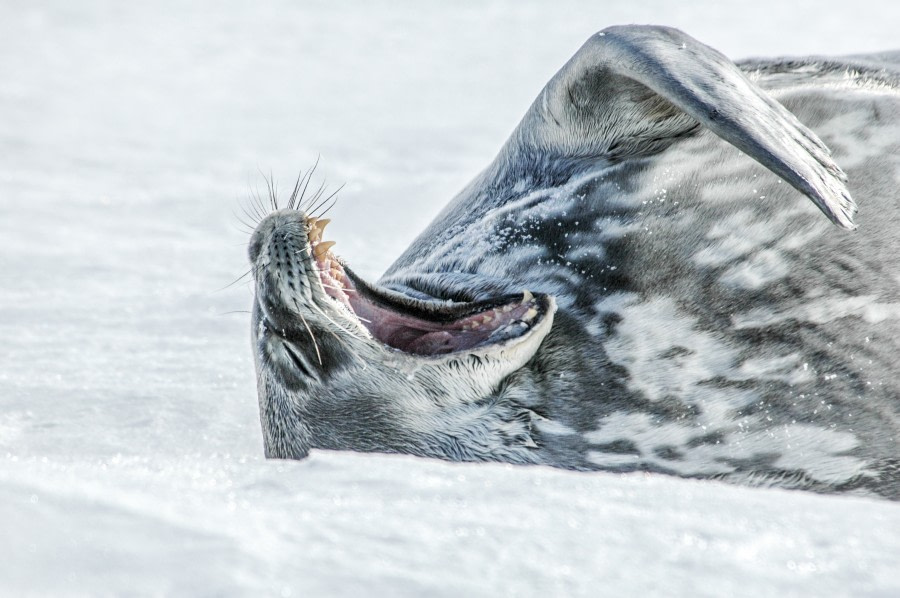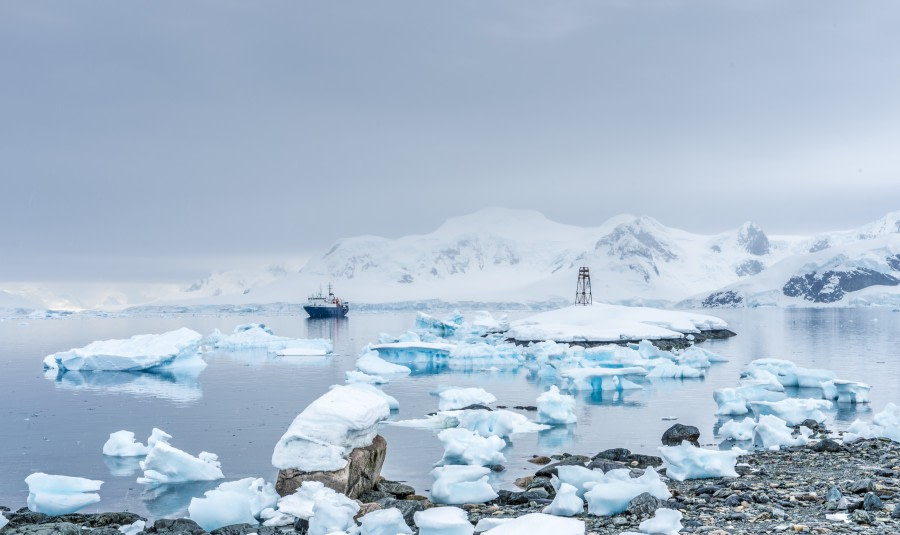 11 Days/10 Nights
11 Days/10 Nights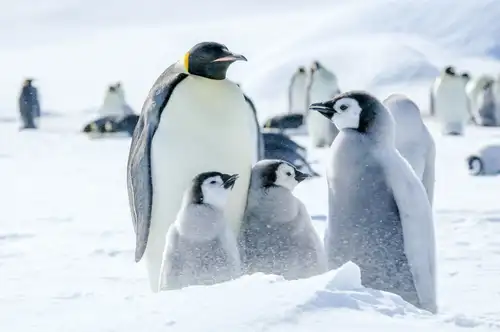
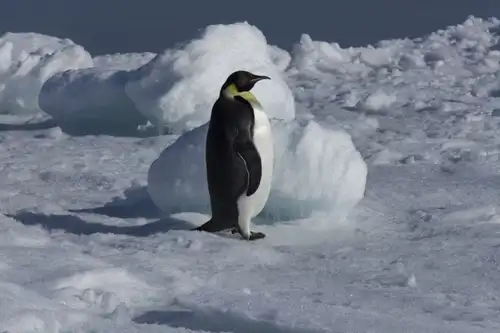
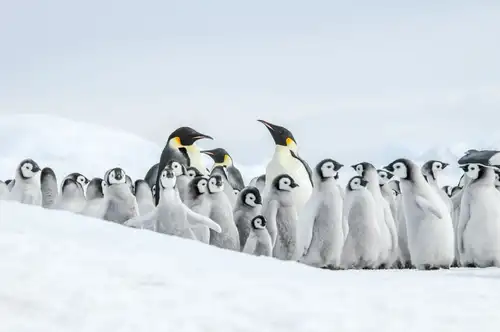
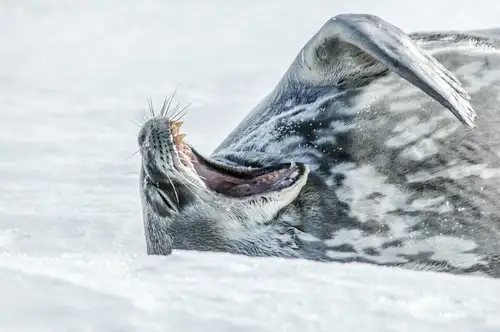
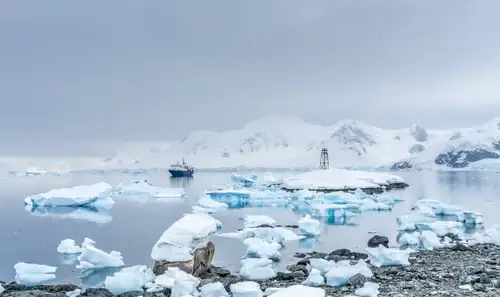
Note: All itineraries are for guidance only. Programs may vary depending on ice, weather, and wildlife conditions. Landings are subject to site availabilities, permissions, and environmental concerns per AECO regulations.
Experience the bird’s-eye-view of Antarctica! Our helicopter capability on m/v Ortelius gives you the rare chance to see the famed emperor penguin rookery south of Snow Hill Island, numbering around 4,000 breeding pairs. Heavy ice may prevent entrance to this area from the Weddell Sea, and ice at the rookery itself might break up and start to melt earlier than expected. With this in mind, the aim is to stop the vessel between the Antarctic Sound and James Clark Ross Island, close to the ice edge, and find emperor penguins on their way to open water. The thrilling helicopter flights make this search possible, enabling you to land in locations otherwise inaccessible this early in the season.
If ice conditions are favorable and the route to Snow Hill Island is free of multi-year pack ice, you have the chance for ship-to-shore helicopter transfers to Snow Hill Island (roughly 45 minutes walking distance from the emperor penguin rookery). If successful, this is a once-in-a-lifetime experience. But please remember that nature writes the final itinerary out here: Attempts to reach Snow Hill Island during the voyages of 2012 – 19 did not always succeed. However, in 2013, 2017 until 2019 and 2022 conditions were favorable to land by helicopter on Snow Hill Island and to visit the emperor penguin rookery.
End of the world, start of a journey
Your expedition begins where the world drops off. Ushuaia, Argentina, reputed to be the southernmost city on the planet, is located on the far southern tip of South America. Starting in the afternoon, you depart from this small resort town on Tierra del Fuego, nicknamed “The End of the World,” and sail the mountain-fringed Beagle Channel for the remainder of the evening.
Path of the polar explorers
Over the next two days on the Drake Passage, you enjoy some of the same experiences encountered by the great polar explorers who first charted these regions: cool salt breezes, rolling seas, maybe even a fin whale spouting up sea spray. After passing the Antarctic Convergence – Antarctica’s natural boundary, formed when north-flowing cold waters collide with warmer sub-Antarctic seas – you are in the circum-Antarctic upwelling zone. Not only does the marine life change, the avian life changes too. Wandering albatrosses, grey-headed albatrosses, black-browed albatrosses, light-mantled sooty albatrosses, cape pigeons, southern fulmars, Wilson’s storm petrels, blue petrels, and Antarctic petrels are a few of the birds you might see.
Entering Antarctica
You may sail into the Weddell Sea via the Antarctic Sound. Here huge tabular icebergs herald your arrival to the eastern side of the Antarctic Peninsula. During this part of the cruise, the search is on for emperor penguins. Using both the vessel and helicopters, there’s a good chance you’ll find them. You might also enjoy scenic flights, and if conditions allow, helicopter landings in locations otherwise out of reach this time of year.
Helicopter flights are a true trip changer, and may include:
- The west slopes of the Antarctic Sound – The western side of this area is only rarely seen from the air, though the landscape is truly worth the flight: Layered sandstones, lava flows, glaciers, icebergs, and pack-ice extend as far as the eye can see. There are often individual emperor penguins and Adélie penguins on the ice floes, as well as kelp gulls, skuas, and various breeds of petrel. Jagged mountain peaks stab through the snow, and enormous walls of ice lie shattered on the slopes below.
- Duse Bay – A soaring helicopter flight may deposit you on a rocky hillock close to an old refuge hut overlooking this bay. There’s still a lot of snow and ice this time of year, but much of the walk in this location is over frost-shattered rock covered with lichen of all shapes and colors.
- Seymour Island – This is where the Swedish Antarctic Expedition of 1901 – 4 wintered under harrowing polar conditions. Sedimentary rock, fossils, and expansive views define this location.
If conditions allow for deeper ventures into the Weddell Sea, Zodiac trips may include:
- Devil Island – Home to a large colony of Adélie penguins, this island offers a magnificent vantage point for hikers willing to foot it to the top of the hill. Melting ice sometimes forms a waterfall dropping from the cliffs close to Cape Well-met.
- Brown Bluff – Maybe the most scenic location in the entire northern tip of the Antarctic Continent: sheer canyon walls, fallen boulders, beautiful volcanic creations capped with ice. A large Adélie penguin rookery lives here, with gentoo penguins and nesting snow petrels also to be found.
- Gourdin Island – Chinstrap, gentoo, and Adélie penguins love this island, which is yet another landing option for your continuing Antarctic adventure.
- Esperanza Base – This Argentine research station, which operates year-round and is one of only two civilian settlements in Antarctica, could serve as an alternative landing site.
Drake via Deception Island
In the morning, you sail to Deception Island for the last landing of the cruise, either at Pendulum Cove or Whalers Bay. Conditions on the Drake Passage determine the exact time of departure.
Familiar seas, familiar friends
Your return journey is far from lonely. While crossing the Drake, you’re again greeted by the vast array of seabirds remembered from the passage south. But they seem a little more familiar to you now, and you to them.
There and back again
Every adventure, no matter how grand, must eventually come to an end. It’s now time to disembark in Ushuaia, but with memories that will accompany you wherever your next adventure lies.
(Alternate program if the route to Snow Hill Island is free of multi-year pack ice – less than 50 % probability)
Helicopters provide an advantage in reaching the emperor penguin colony, but our ability to use them depends entirely on ice, sea, and weather conditions.
If conditions are favorable, we will visit the colony. If conditions are exceptionally favorable, we will attempt to visit more than once. Helicopter operations take a full day, and flight duration depends on local conditions.
Each helicopter can accommodate 4 – 5 passengers per flight. The landing site is carefully chosen so that the penguins are not disturbed.
Upon arrival to the site, we will walk to the colony. This may take up to 45 minutes and can be challenging in places. Please keep in mind that you are in the world’s most remote region, so there are no guarantees: conditions may change rapidly, which can impact on helicopter operations. It is important to understand and respect this fact. Safety is our greatest concern, so no compromises can be made.
We aim for all groups to spend an equal amount of time at the colony. The time at the colony (and the time to get there from landing site) will often vary, however, due to local conditions and flight times.











































































- Flights to the embarkation point and from the disembarkation point.
- Pre- and post- land arrangements.
- Passport and visa expenses.
- Meals ashore.
- Personal health Insurance for Medical, Accident and Repatriation/Evacuating.
- All personal expenses, including but not limited to laundry services, bar beverages, and excess internet usage charges.
- The customary gratuity at the end of the voyages for stewards and other service personnel aboard (guidelines will be provided).
- Voyage aboard the indicated vessel
- All meals throughout the voyage aboard the ship including snacks, coffee and tea.
- All shore excursions and activities throughout the voyage by Zodiac.
- Program of lectures by noted naturalists and leadership by experienced expedition staff.
- Free use of rubber boots and snowshoes.
- Pre-scheduled group transfer from the vessel to the airport in Ushuaia (directly after disembarkation).
- All miscellaneous service taxes and port charges throughout the programme.
- Comprehensive pre-departure material.
- Weather is always an unknown factor and can change quickly and often. Temperatures can be cold, though not perhaps as cold as you might expect. On calm sunny days, it can feel quite warm. But wet, windy weather must also be expected. Wind chill factor is always a consideration.
- This is one of our most common questions, and the answer depends very much on the individual and whether or not you're going to the Arctic or Antarctica. If you are going to Antarctica, you will have to cross the Drake Passage, which can be stormy and turbulent. In this case, we advise bringing motion sickness medication or purchasing it on our vessels, if supplies last. In the Arctic, however, our voyages stay closer to shore, so you may not need seasickness medication as much, if at all. Nevertheless, we encourage you to bring it if you are prone to motion sickness, regardless of whether you're going to the Arctic or Antarctica. Most people recover from motion sickness within a day or two, and we always have a doctor on board our larger vessels (Plancius, Ortelius, and Hondius) should you need additional help with seasickness.
- The currency used on all vessels is the Euro, but you can also pay with USD.
- Aboard Hondius, Ortelius, Plancius, and Rembrandt van Rijn, refreshments and souvenirs will be charged to your cabin. The day before disembarking, you can settle your bill with the hotel manager and pay by Visa or MasterCard, Diners Club/Discover, Union Pay, or cash (Euro or USD). The prices and standard currency on board all of our vessels is the Euro.
- The Antarctic Peninsula is one of the most beautiful regions of the entire continent. Your cruise to the Antarctic Peninsula will reveal the most diverse mixture of wildlife throughout Antarctica. The scenery in this region is dramatic, filled with icebergs and of course, very photo-worthy. The prevalence of penguins is a highlight during most expeditions, and a visit during the summer can even reveal plant life such as the area's only two flowering plants: the Antarctic pearlwart and Antarctic hair grass.
- The Antarctic Peninsula follows Coordinated Universal Time -3 (UTC -3). This means that if it is 18:00 UTC-3 (6 p.m.) during your expedition cruise trip to the Antarctic Peninsula , it would be 17:00 (5 p.m.) in New York City, USA and 22:00 (10 p.m.) in London, U.K.
- The Ortelius was built in Poland in 1989 for the Russian Academy of Science.
- The number of passengers is limited to approximately 116 on the Ortelius. Furthermore the vessel is manned by 20 highly experienced international nautical crew, 19 international hotel crew, including stewardesses, 7 expedition staff in Antarctica (1 expedition leader and 6 guides/lecturers) and 1 doctor.
You May Also Like


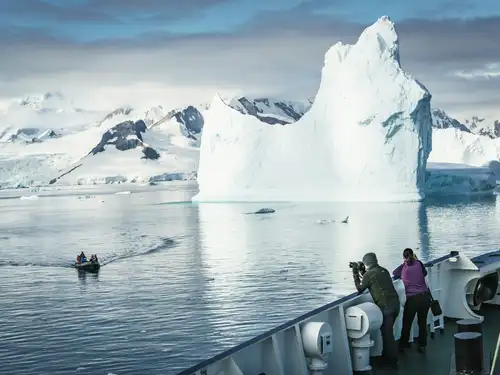
Falklands, South Georgia and Antarctica - Photographic Special
 21 Days / 20 Nights
21 Days / 20 Nights
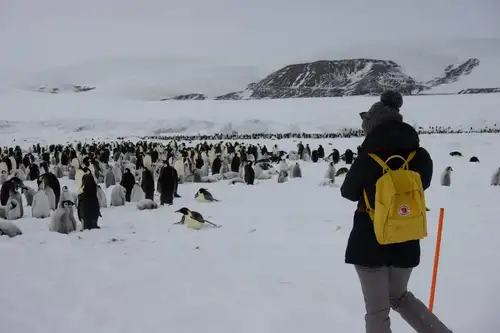
Weddell Sea – In search of the Emperor Penguin, incl. helicopters
 11 Days / 10 Nights
11 Days / 10 Nights

Antarctica - Discovery and learning voyage
 11 Days / 10 Nights
11 Days / 10 Nights

Falkland Islands - South Georgia - Antarctica
 20 Days / 19 Nights
20 Days / 19 Nights

Antarctica - Basecamp - free camping, kayaking, snowshoe/hiking, mountaineering, photo workshop
 13 Days / 12 Nights
13 Days / 12 Nights

Remote Weddell Sea Explorer incl. South Georgia - South Sandwich Islands - Neuschwabenland - Larsen Ice Shelf - Paulet and Devil Island - Elephant Island, incl. helicopters
 28 Days / 27 Nights
28 Days / 27 Nights

Falkland Islands - South Georgia - Elephant Island - Antarctica - Polar Circle
 23 Days / 22 Nights
23 Days / 22 Nights
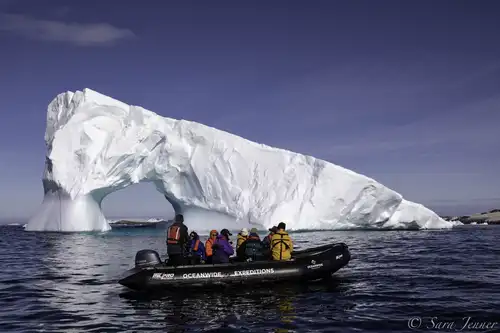
Antarctica - Elephant Island - Weddell Sea - Polar Circle
 15 Days / 14 Nights
15 Days / 14 Nights

Antarctica - Whale watching discovery and learning voyage
 11 Days / 10 Nights
11 Days / 10 Nights

Antarctica - Weddell Sea Explorer Basecamp - free polar activities (kayaking, hiking, photo workshop)
 13 Days / 12 Nights
13 Days / 12 Nights

Antarctica - Beyond the Polar Circle - whale watching
 12 Days / 11 Nights
12 Days / 11 Nights

Antarctica - Whale watching
 10 Days / 9 Nights
10 Days / 9 Nights

Atlantic Odyssey incl. Antarctic Peninsula to St. Helena
 33 Days / 32 Nights
33 Days / 32 Nights
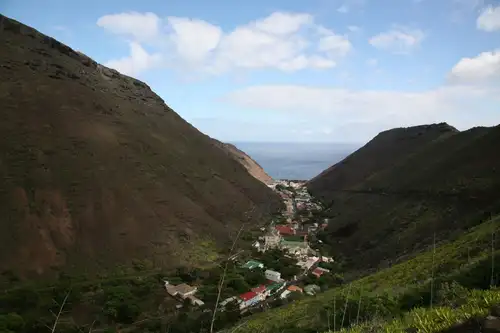
Atlantic Odyssey incl. Antarctic Peninsula to Cape Verde
 43 Days / 42 Nights
43 Days / 42 Nights

Falkland Islands - South Georgia - Antarctic Peninsula - Photography special
 21 Days / 20 Nights
21 Days / 20 Nights

Falkland Islands - South Georgia - Antarctic Peninsula
 21 Days / 20 Nights
21 Days / 20 Nights

Weddell Sea - Basecamp
 13 Days / 12 Nights
13 Days / 12 Nights

Antarctica - Discovery and learning + Long hikes
 11 Days / 10 Nights
11 Days / 10 Nights

Bellingshausen Sea / Peter I Island + Ellsworth Land - incl. helicopters
 25 Days / 24 Nights
25 Days / 24 Nights

Antarctic Peninsula - Weddell Sea + Activity: Long Hikes
 11 Days / 10 Nights
11 Days / 10 Nights

Remote Weddell Sea Explorer - incl. helicopters
 28 Days / 27 Nights
28 Days / 27 Nights

Antarctica - Weddell Sea Explorer
 11 Days / 10 Nights
11 Days / 10 Nights
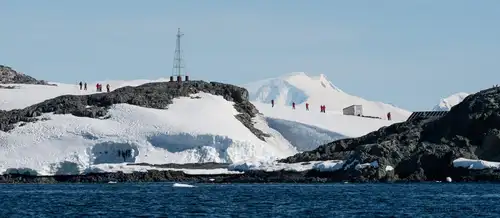
Antarctica - Polar Circle - Deep South Discovery voyage
 13 Days / 12 Nights
13 Days / 12 Nights
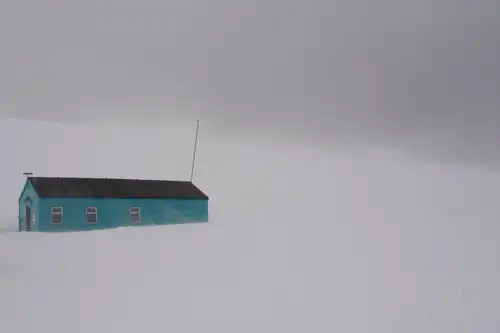
The Research Stations of Antarctica and the sub-Antarctic

Cheapest Antarctica Cruises: How to Save on Your Journey
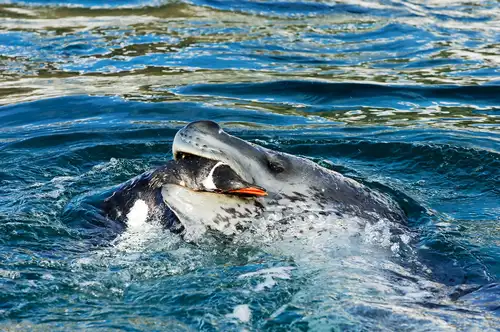
Danger Beneath the Water: 10 Facts About Leopard Seals
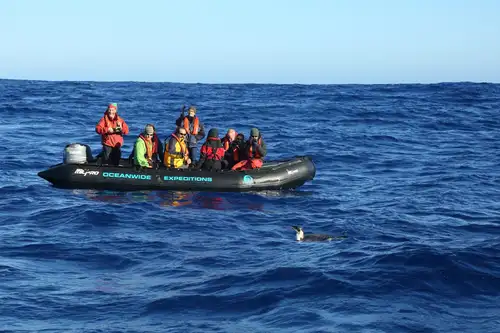
The Emperor Penguin of the Drake Passage

15 Fantastic Photos of Antarctica
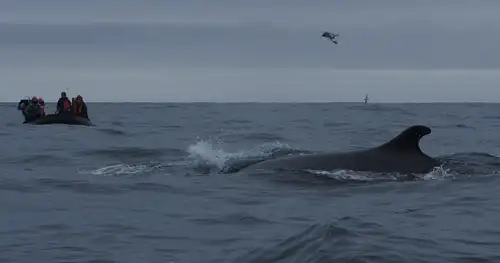
Of Treacherous Rocks & Audacious Fin Whales

A Day of Whale Watching in Antarctica
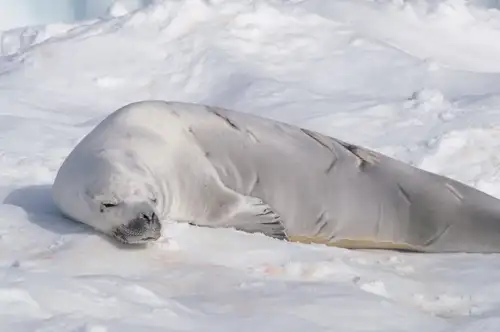
Six Facts About the Crabeater Seals of Antarctica

The Classic Polar Cruise: Antarctic Peninsula Facts, Pics, and More
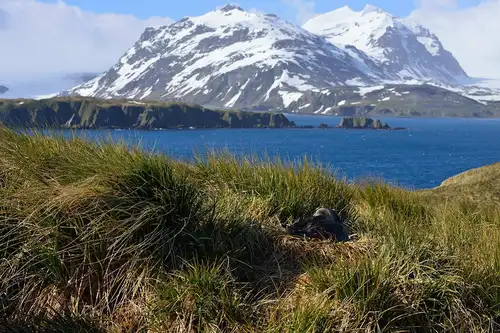
Flowers in Antarctica
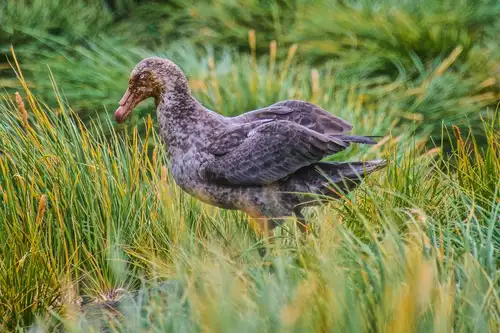
The Giant Petrels of King George Island
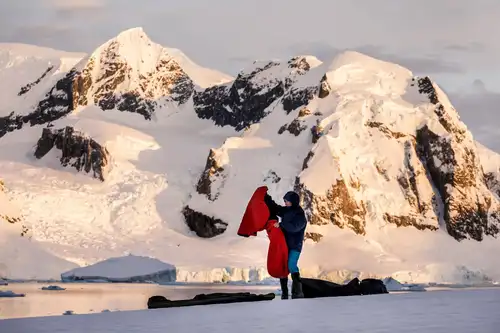
Camping in Antarctica: a True Expedition Experience
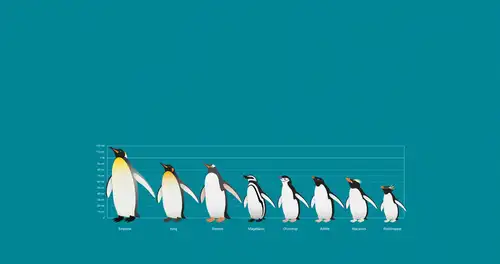
The Eight Great Penguin Species of Antarctica
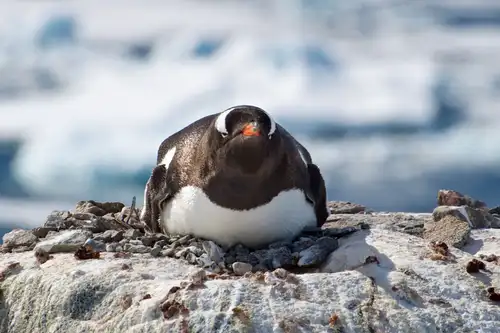
Life in a Penguin Colony
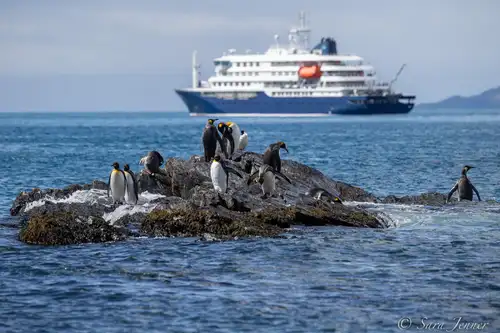
Weddell Sea, Shackleton’s Endurance, and New Swabia
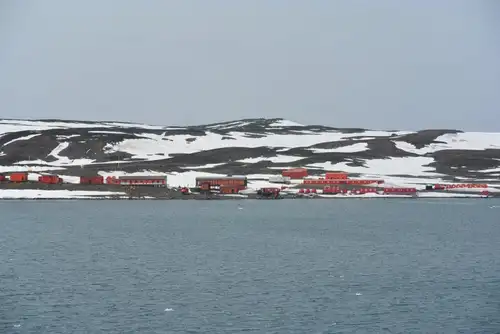
Living the Antarctic Dream

Antarctic Explorer’s Voyage

Top Antarctica Cruise Experiences for 2025
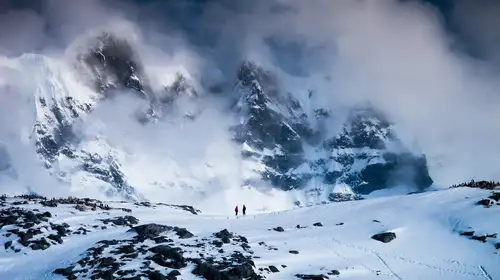
Eight Antarctic Misconceptions
